In 2007 we walked the Via de la Plata from Sevilla as far as Zamora (click here for the photos). Finally after 10 years we returned to complete the Camino Sanabres to Santiago.

12th century Romanesque bridge across the Duero River leads to Zamora
Zamora to Montamarta (18.6 km)
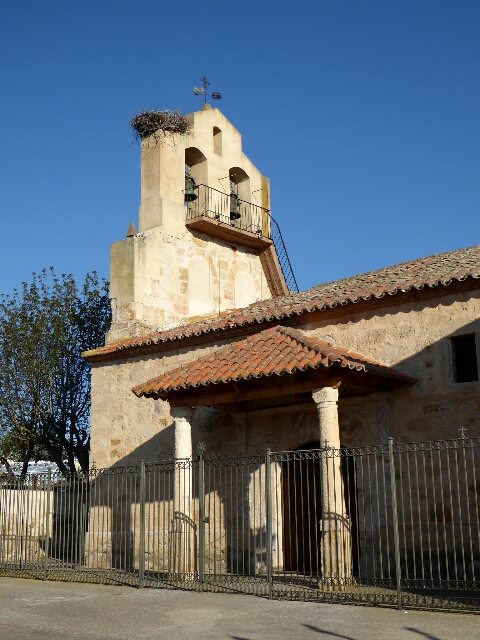
Church in Roales del Pan retains a 16th century entrance
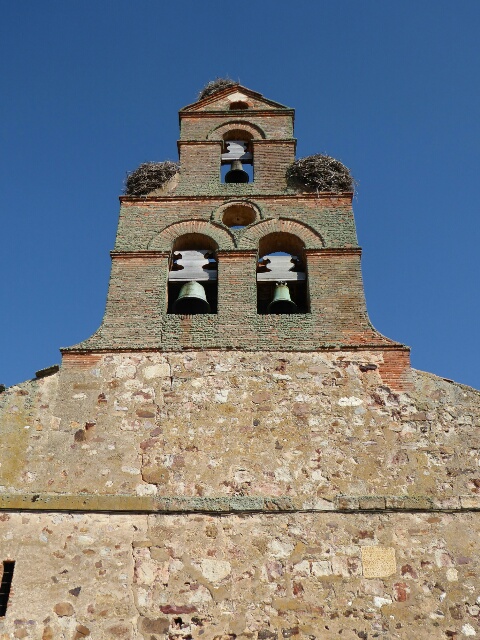
The bell tower on Montamarta’s church (1726) is covered in a greenish moss
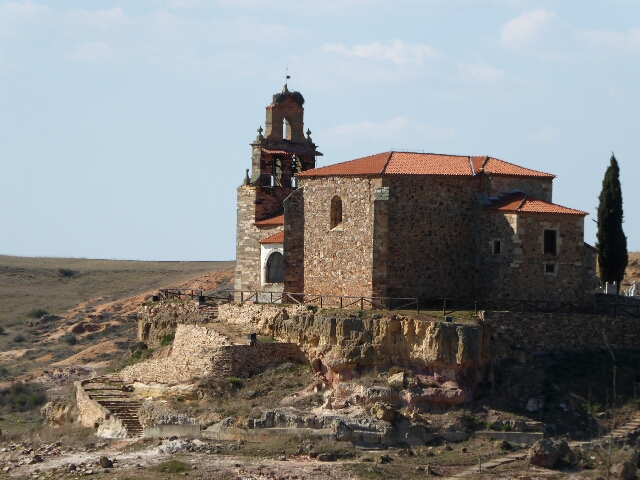
Ermita de Santa María del Castillo, 15th century, near Montamarta
Montamarta to Granja de Morelia (22.9 km)
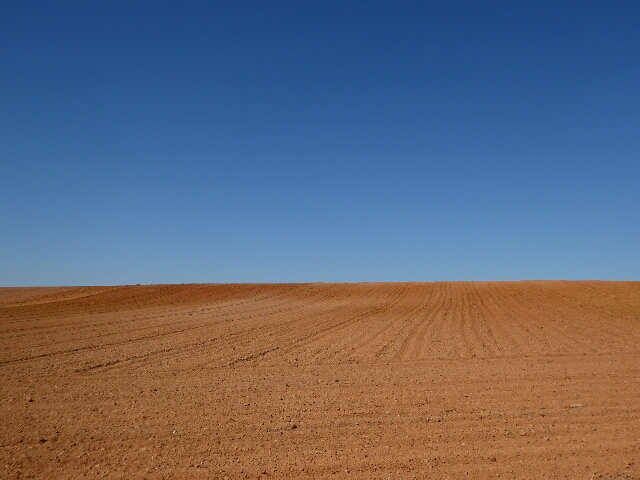
Farmlands of the meseta (the high plains of central Spain)
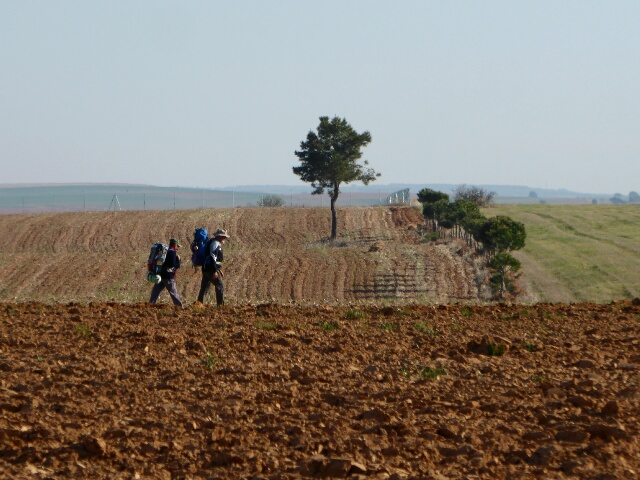
Two pilgrims walking across the meseta
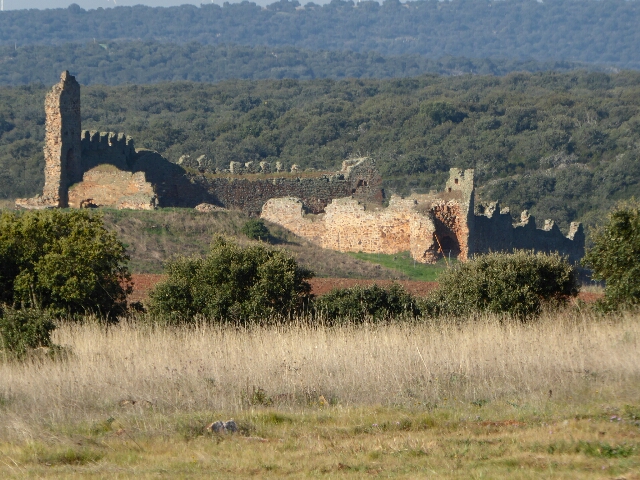
We passed by the ruins of the ancient city of Castrotorafe, given to the Knights of Santiago in 1176

Fontanillas de Castro – first headquarters of the Knights of Santiago
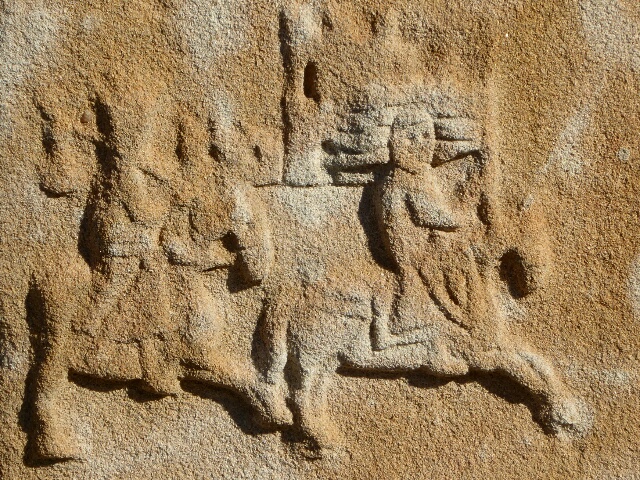
Two Knights of Santiago, who protected pilgrims, on the church at Fontanillas de Castro
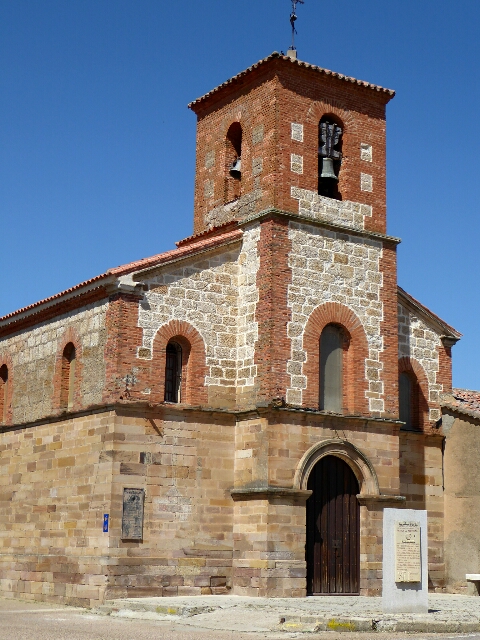
Granja de Morelia – a church in many styles
Granja de Morelia to Tábara (25.3 km)
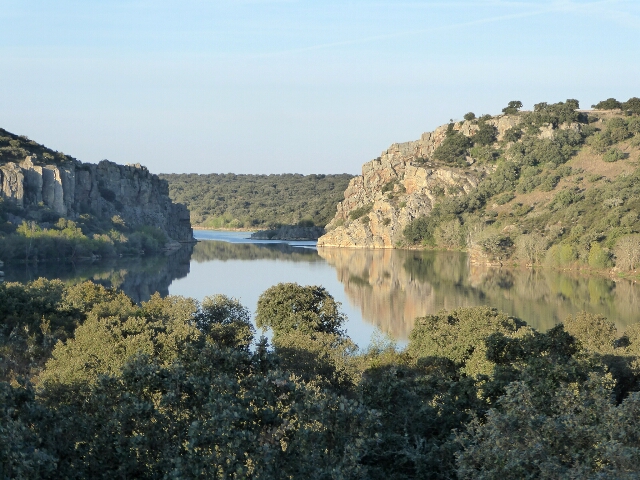
We crossed the Esla River …

… on the Puente Quintos
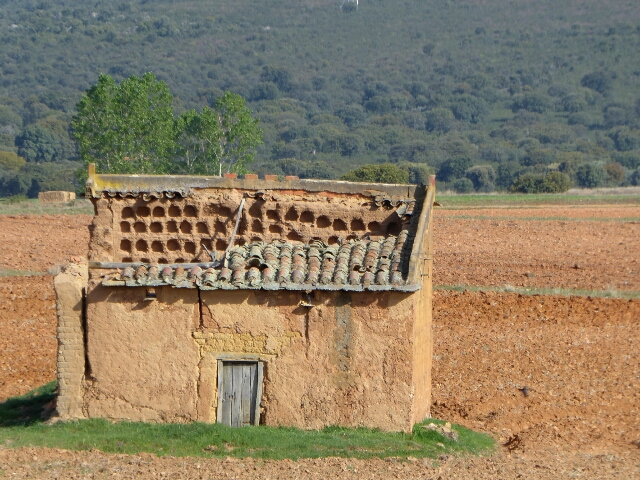
Abandoned dove cote
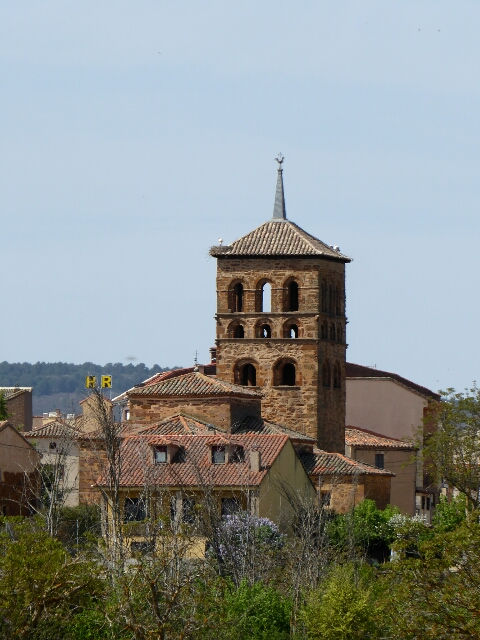
Tábara, site of a 12th century Monastery
Tábara to Santa Croya de Tera (21.8 km)
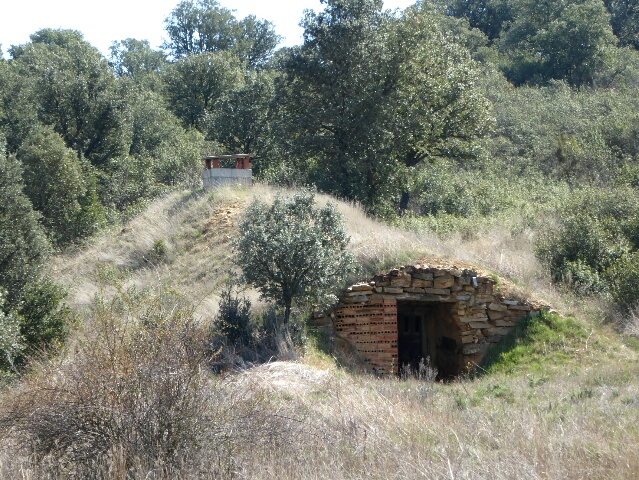
Bodegas – family wine storages are dug into the hill sides
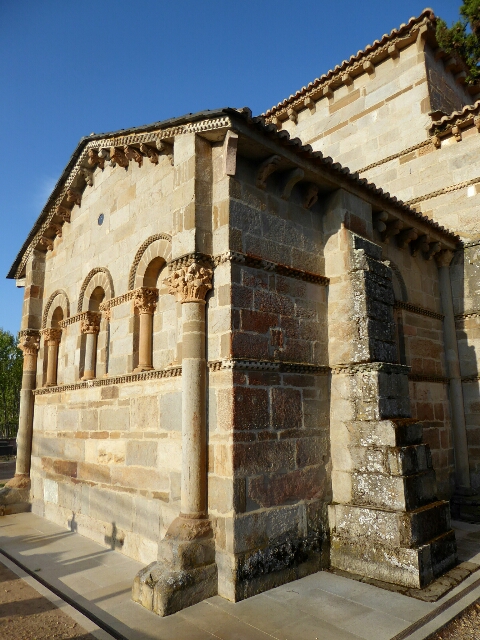
Behind the 12th century Romanesque church of Santa Marta de Tera …

… the oldest known image of Santiago Peregrino and the emblem of the Via de la Plata
Santa Croya de Tera to Olleros de Tera (15.3 km)
Our Camino took a strange turn today. We’d booked beds in Olleros de Tera well in advance (knowing it was Easter Saturday) but when we arrived the Albergue was closed and the next bed was another 15 km walk away in Rionegro. The hostal owner apolgised and thankfully drove us on! Not only that, we had our best ever Camino meal at Me Gusta Comer and stayed in the very nice 16 bed Albergue de Peregrinos, meant to be.
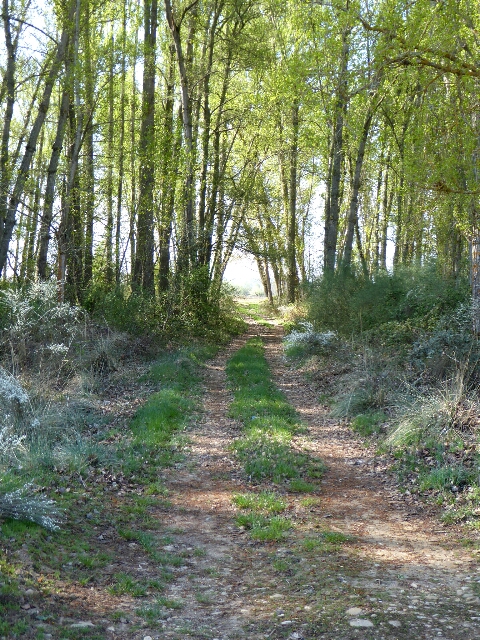
A lovely shady walk today …
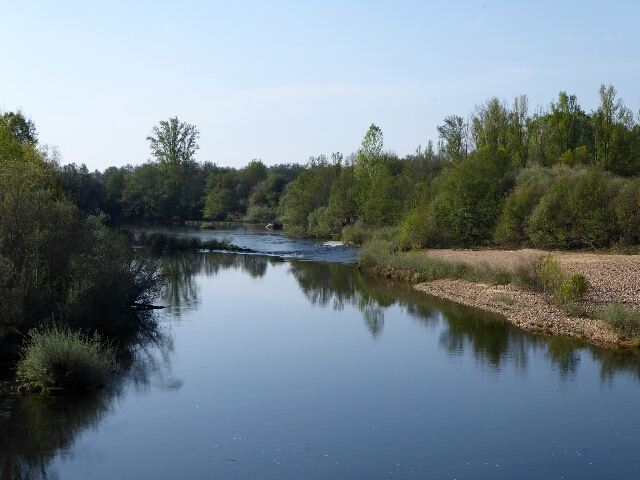
… following the Rio Tera
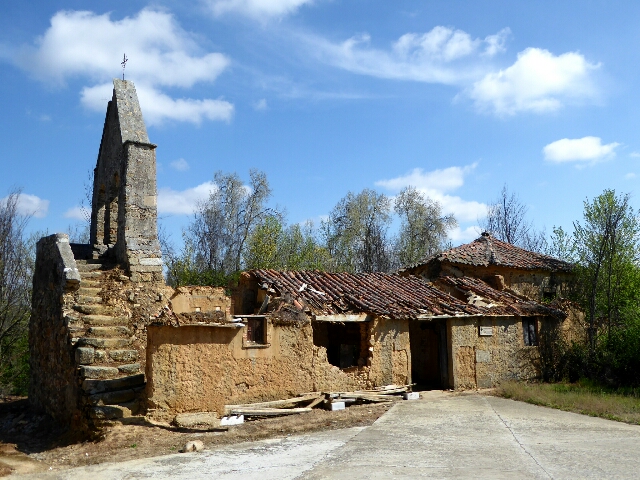
The old church of Calzadilla de Tera is now ruins, what a pity

Admiring the old dove cotes beside the canal
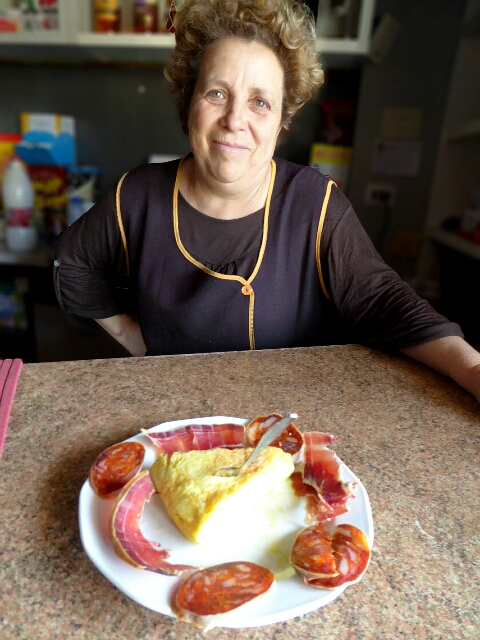
At Albergue la Trucha, everything is handmade from their own produce
Rionegro del Puente to Austuianos (26.4 km)
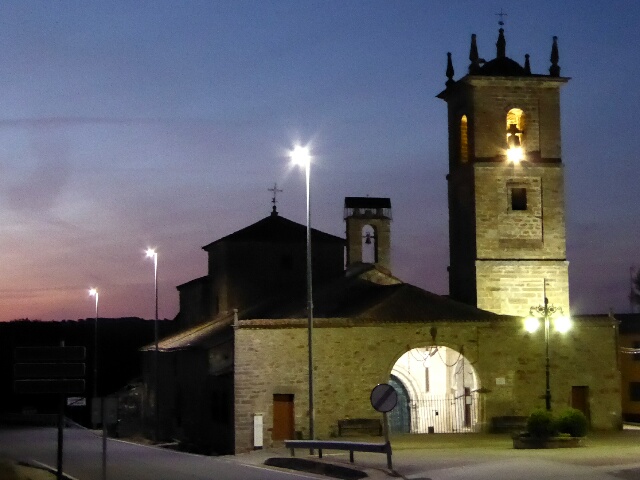
We left Rionegro with its church built from the 15th to 18th centuries the dark on our longest day

Sunrise
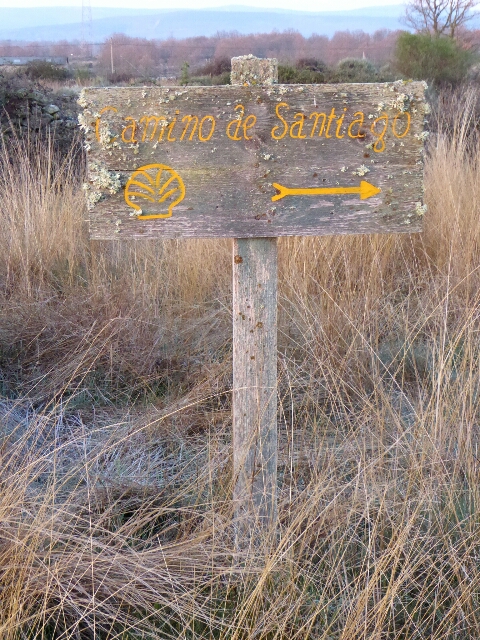
On the dry heathland, there is moss growing on the old Camino sign
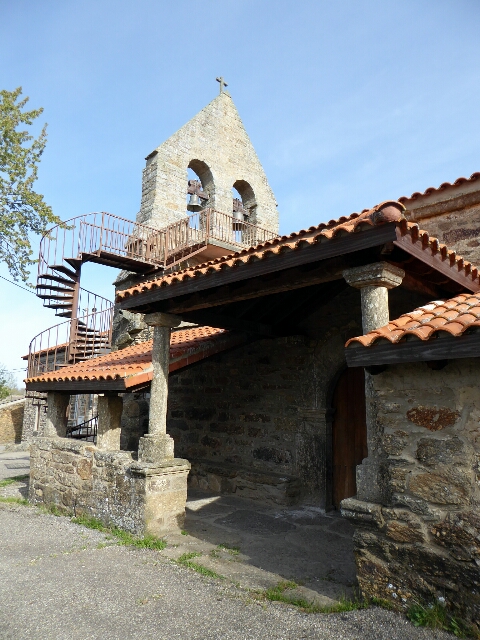
Valdemerilla (POP 14) has a Romanesque church which was restored in 2000
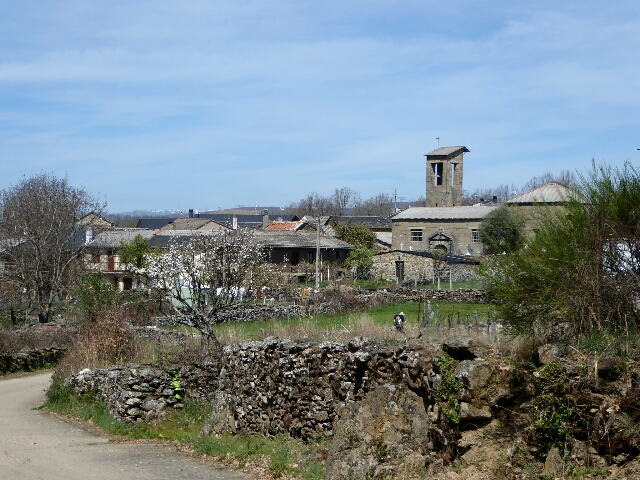
Entrepeñas, one of a series of small stone villages joined by country lanes
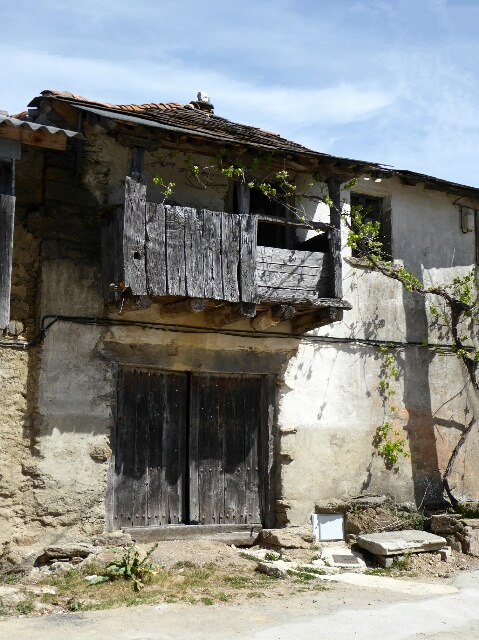
A house in Entrepeñas
Austuianos to Puebla de Sanabria (16.0 km)
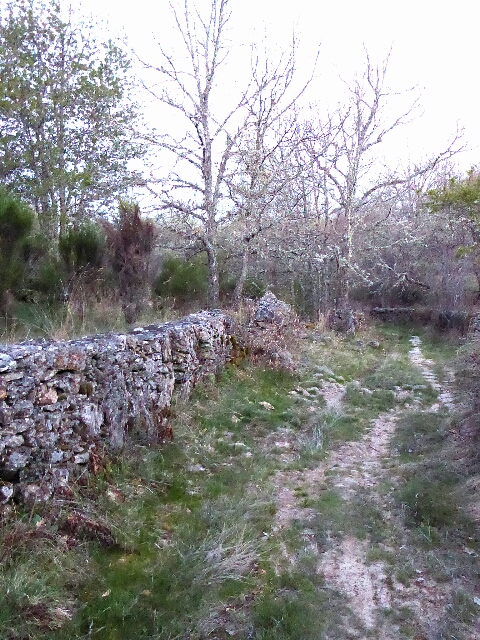
The Camino continues along a path between old stone fences
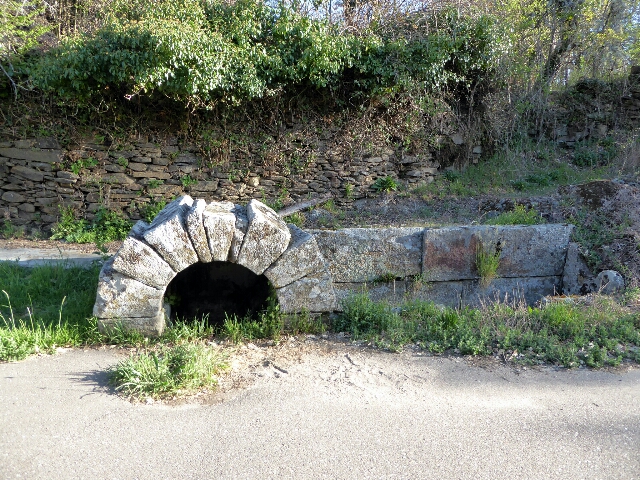
An early Roman water fountain
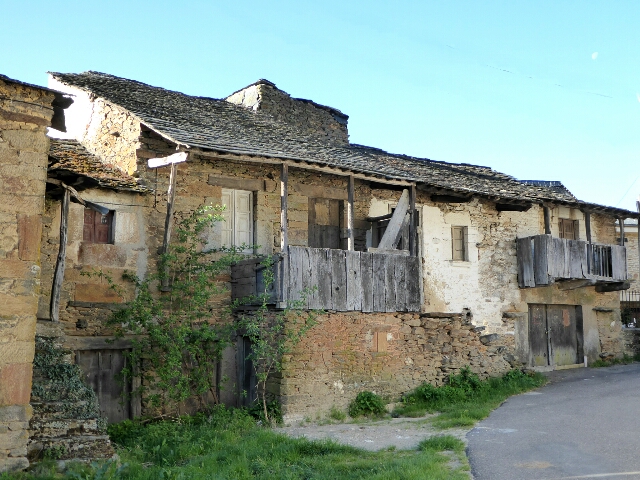
Typical houses of the Sanabria villages
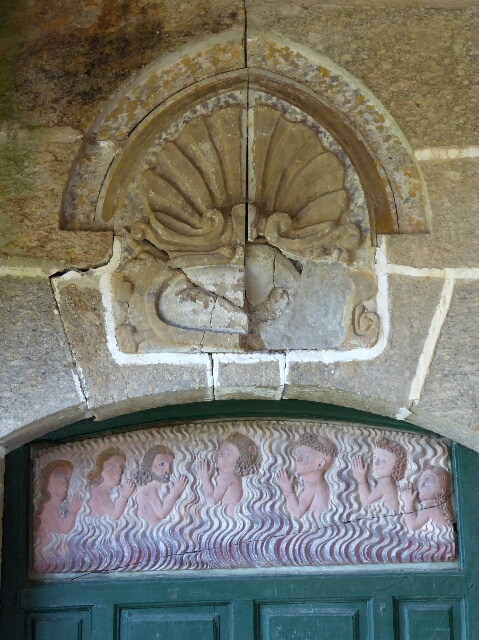
Carving of 7 people in Hell above the door to the Church in Otero de Sanabria
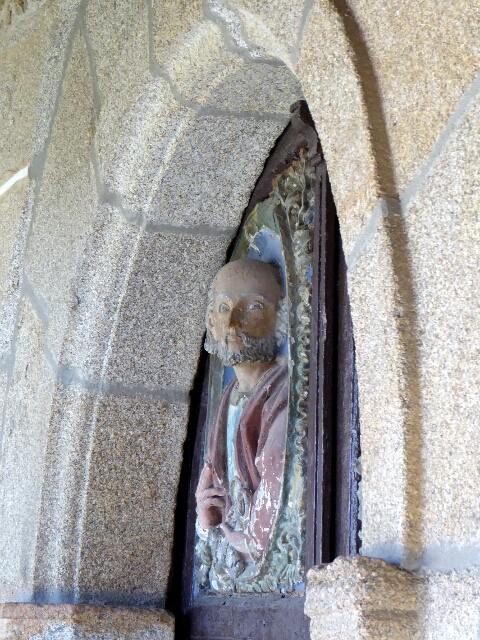
Another carving on the outside of the Church of Otero de Sanabria
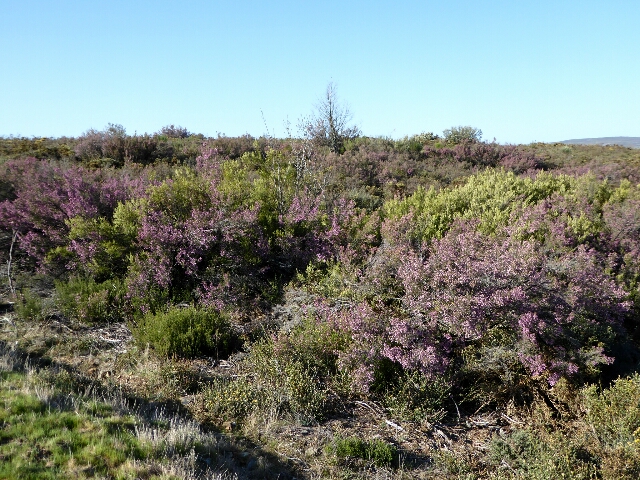
Here, at about 1000m, there are no trees
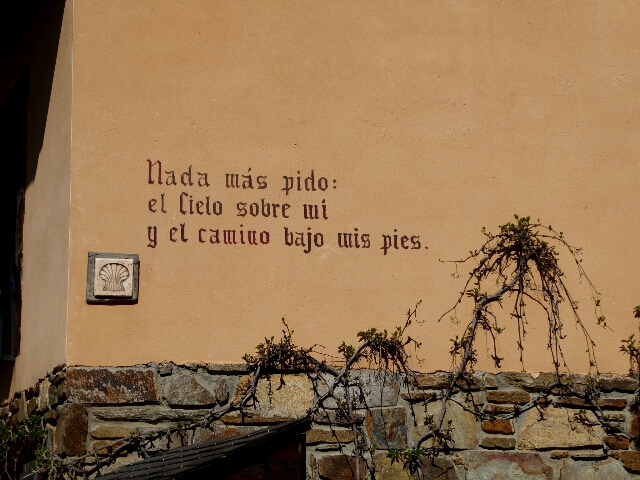
On a house: “I ask for nothing more, Heaven above me and the Camino beneath my feet”
